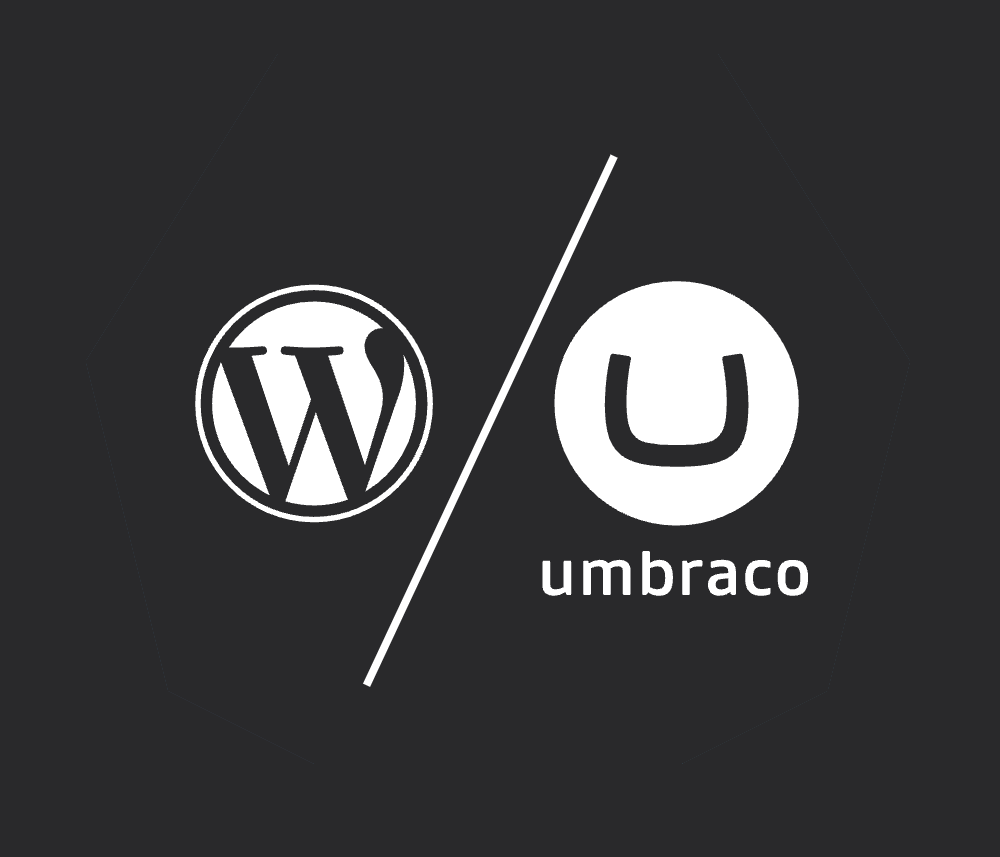Content Management for Mobile
Chris Osterhout SVP of Strategy#CMS, #Mobile, #Responsive Design

Mobile is one of the hottest topics in web design today. If you
don't already have a mobile website presence, you are definitely
thinking about creating one. From a development standpoint, there are
several paths that you can possibly take to accomplish this.
Mobile is one of the hottest topics in web design today. If you don't already have a mobile website presence, you are definitely thinking about creating one. From a development standpoint, there are several paths that you can possibly take to accomplish this: a separate mobile site, an app, a responsive website, etc. Many people believe the most important question to answer in their mobile strategy is "Which development technique should we use?" That is indeed an important question, but before choosing a development technique, you may want to answer a bigger question. I believe the most important question is how to control the content between any of them.
COPE (Create Once Publish Everywhere)
The first thing I like to determine when architecting a new mobile web solution, is what the common denominator is. Regardless of which type of mobile presence you ultimately choose to create (i.e. responsive design, web application, or native application), what is the one thing they all require? In any of these situations, the one thing they all require is content. So the real question is how are you going to control it all? In my opinion, the last thing you want to do is have to create and update different types of content in different locations to cater to each of the various mobile platforms and desktop browsers you're targeting.
To solve this issue, most content-rich websites today use some sort of content management system (CMS) to control their website's content. This presents a unique opportunity for mobile integration across several platforms. Many of the CMS platforms out there today have mobile website tools built in (i.e. Ektron's mobile module). This gives website administrators the capability to target content to different devices such as iPhones, Androids, tablets, etc. and create mobile websites while storing and controlling content in one location.
What if you wanted to take it a step further? A lot of the clients we work with have a wide range of needs that can't be solved with a singular mobile solution. While their lofty goals can seem unachievable at times, if you break down their requests, they are basically asking to distribute their website content in different formats to different devices. Ektron is perfectly suited for this because all of the website content can be controlled in one place. From that as a starting point, the development efforts don't seem so unachievable. Here's how it can be applied practically:
Responsive Web Design (1 Site Fits All)
If you want to keep your navigation and content structure in tact while using web standards to create an adaptable site capable of formatting itself appropriately for different sized devices, Responsive Web Design is the way to go. HTML5, CSS3, and JavaScript can be added in to intelligently detect different device / browser capabilities, unlocking more custom device experiences. In order to streamline the experience (especially for smaller devices, less capable devices, or devices with slow connection speeds), you can use Ektron's targeted content and mobile features to conditionally load optimized content for theses devices.
Separate Mobile Website
If your mobile website requires mobile specific navigation and selective website content, a separate mobile website may be the way to go The largest hurdle with a different mobile website (http://m.yourdomain.com) is reusing existing website content in the mobile context. Ektron allows you to serve up the same website content on different website templates, which facilitates content reuse. This
allows website administrators to create content, taxonomies, collections, menus, etc in one location and share those items in a different formats on your separate mobile website.
Native Apps
What about native applications? While these applications need to be coded in the native device programming language or wrapped in a framework like PhoneGap, the principles for managing the content on these native applications is the same. If you post an update to content on your website, that content should also be updated on the mobile website and any native device application that it is tied to. Ektron's API layer makes integration with native device applications easy. You can simply develop a web service to push and pull information from the Ektron CMS to any other device.
Create Less Work For Yourself
By considering how you will control the content for the mobile website first, you can open up the possibilities for the creation of any type of mobile presence. So no matter what technique you end up using to create your mobile website, you can rest assured that the core content used for the desktop website can be used to support your mobile presence with little or no duplicated efforts.
Related Posts

Umbraco Cloud vs WordPress
Discover why Umbraco outshines WordPress with superior support, security, and a hybrid CMS architecture, offering a meticulously vetted, versatile platform for modern web development.

What Does Umbraco 7 End of Life (EOL) Mean for Your Website?
Diagram's Chris Osterhout explores the details of Umbraco 7's end of life and what to consider when planning your CMS upgrade.
Results Matter.
We design creative digital solutions that grow your business, strengthen your brand and engage your audience. Our team blends creativity with insights, analytics and technology to deliver beauty, function, accessibility and most of all, ROI. Do you have a project you want to discuss?
Like what you read?
Subscribe to our blog "Diagram Views" for the latest trends in web design, inbound marketing and mobile strategy.
